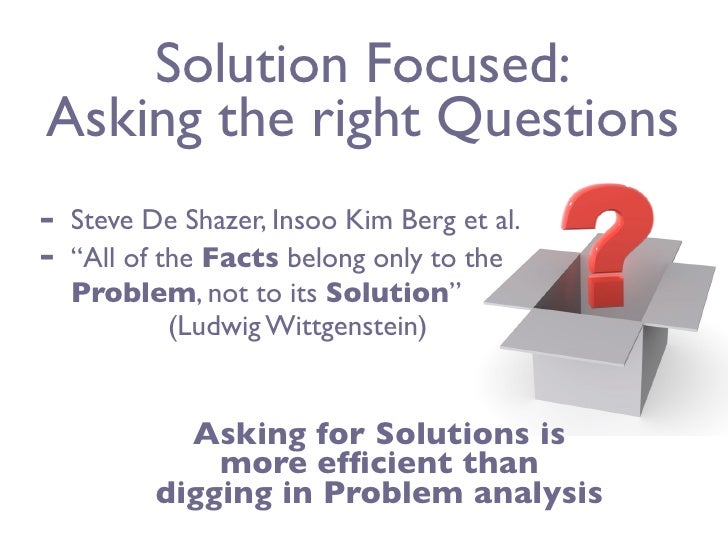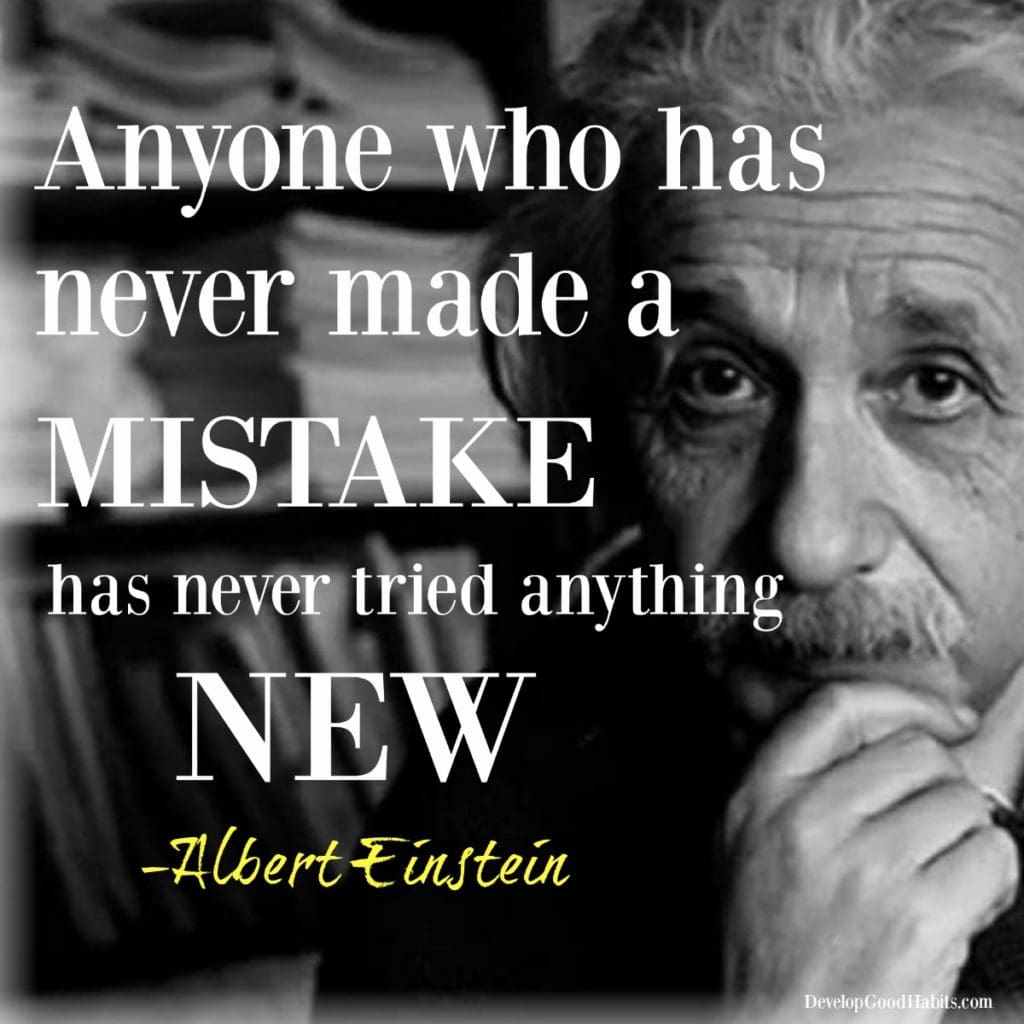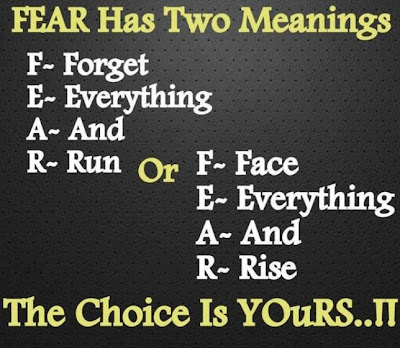109) Need Based Portfolio Model.
Download the Excel file & Save As A New File
There had been many discussions on how to create a portfolio for your future financial goals.
Future goals examples include:
a) children education funds
b) retirement funds for self and spouse
c) down payment for a new house or condo
d) An exotic holiday
e) fund for pilgrimage or religious reasons
f) set up a charitable foundation
g) wealth build up
When you have the goals, you also need to know the time horizon on when the money is required. You basically need to know how many years left to prepare the money.
Different people have different goal and different time horizons.
If you just got a baby, the education fund required about 18 years more. However, if you child is already 10 years old, then your education fund time horizon is shorter. Most probably you need the money in 8 years' time. Same goal, buy very different time horizons.
You often hear about investments need time to grow. Also, you need more time to reduce the market risk. If you invest in Equity funds, you need a longer time horizon. Some Consultants will recommend to keep invested at least 5 years or longer. This is because Equity funds have higher Initial Service Charge. Let's say it is 5.5%. So, you need to invest longer to recover the 5.5%.
Click the link below for more write up about
Why Some Investment Are For Longer Term.
http://highlevelrules.blogspot.my/2017/07/why-some-investments-are-for-longer-term.html
How about if you need to invest for a shorter period. Let's say for 9 months. Which fund types you should invest in? You can invest in funds that charge very low or no Initial Service Charge.
Some Money Market and Cash Deposit funds have Zero Initial Service Charge.
Some Bond funds have around 1% Initial Service Charge.
With the Zero Service charge, the fund starts to get returns
almost immediately.
With the 1% service charge, the funds take a
short time to recover the 1% charged.
With the knowledge of suitable funds for different time horizons, you can plan your asset allocation based on your future money needs.
If you put all your financial goals in a table and determine the time horizon, you can create a
Need Based Portfolio Model.
Here's an idea on how you can create a portfolio of funds based on time horizons.
a) Less than 1 year: Money Market and Cash Deposit fund
b) 1 to 2 years: Bond fund
c) 3 to 5 years: Balanced fund
d) Above 5 years: Equity fund
The Cases below used the
Consolidated Goals approach. It means all the goals are combined into one consolidated goal. You planned all the goals together and create a
Consolidated Portfolio.
Another approach is to use the
Separated Goals approach. It means you plan different goals one by one. Each goal has its own portfolio with different funds.
Here are 3 Case examples on how the
Need Based Portfolio Model are created for the different goals and time horizons.
Case 1: Have $200,000
a) Sending son to University in 2 years' time.
b) Sending daughter to University in 4 years' time.
c) Holiday with spouse in 3 years' time.
d) Buying a new apartment in 4 years' time.
.
Need Based Portfolio Model for Case 1:
Cash Deposit: $20,000
Bond: $180,000
Balanced: to accumulate
Equity: to accumulate
Case 2: Have $100,000
a) Sending son to University in 7 years' time.
b) Sending daughter to University in 9 years' time.
c) Buying a new car next year.
Need Based Portfolio Model for Case 2:
Cash Deposit: $24,000
Bond: $24,000
Balanced: $24,000
Equity: $28,000 & continue to accumulate
Case 3: Have $30,000
a) Sending son to University in 9 years' time.
Need Based Portfolio Model for Case 3:
Cash Deposit: $12,000
Bond: no need for now
Balanced: no need for now
Equity: $18,000 & continue to accumulate
You can invest into different funds based on the amount you have. You continue to accumulate investments until the first time horizon amount is fulfilled. Then you start to add into the next time horizon.
Continue to do so until all the shorter needs are prepared, then only fulfill the longer term needs.
As the years passed, the money required for the specific goal are getting nearer and nearer.
You switch the Equity funds into Balanced funds.
You switch the Balanced funds into Bond funds.
You switch the Bond funds into Cash Deposit funds.
Use the time horizon and amount required to determine how much to switch to lower risk funds.
The main concept is to make sure your short term requirement is put into low risk funds.
Even if the stock market crash tomorrow, your short term (1 to 2 years) required money are already into a bond or money market instrument. The stock market will recover from the crash and start to give positive returns again.
Always remember to diversify the funds allocation.
For Equity funds you can diversify further into:
a) different countries and regions
b) local and foreign funds
c) large caps and small caps
Do look around in the internet for the different models recommendation.
There are many different models to choose and follow. The important
thing to know is to diversify your investments into different asset
types to spread your investment risk.
Another thing to note is that you have more fund choices if you have
larger amount to invest. Investments using cash is also more flexible
compared to using your Special Retirement Funds.
Do consult professionals and understand your requirements.
Download the Excel file & Save As A New File
https://drive.google.com/open?id=185Po_vRGWeGcYCp8bHyOA2eZ6h02pe0r







































